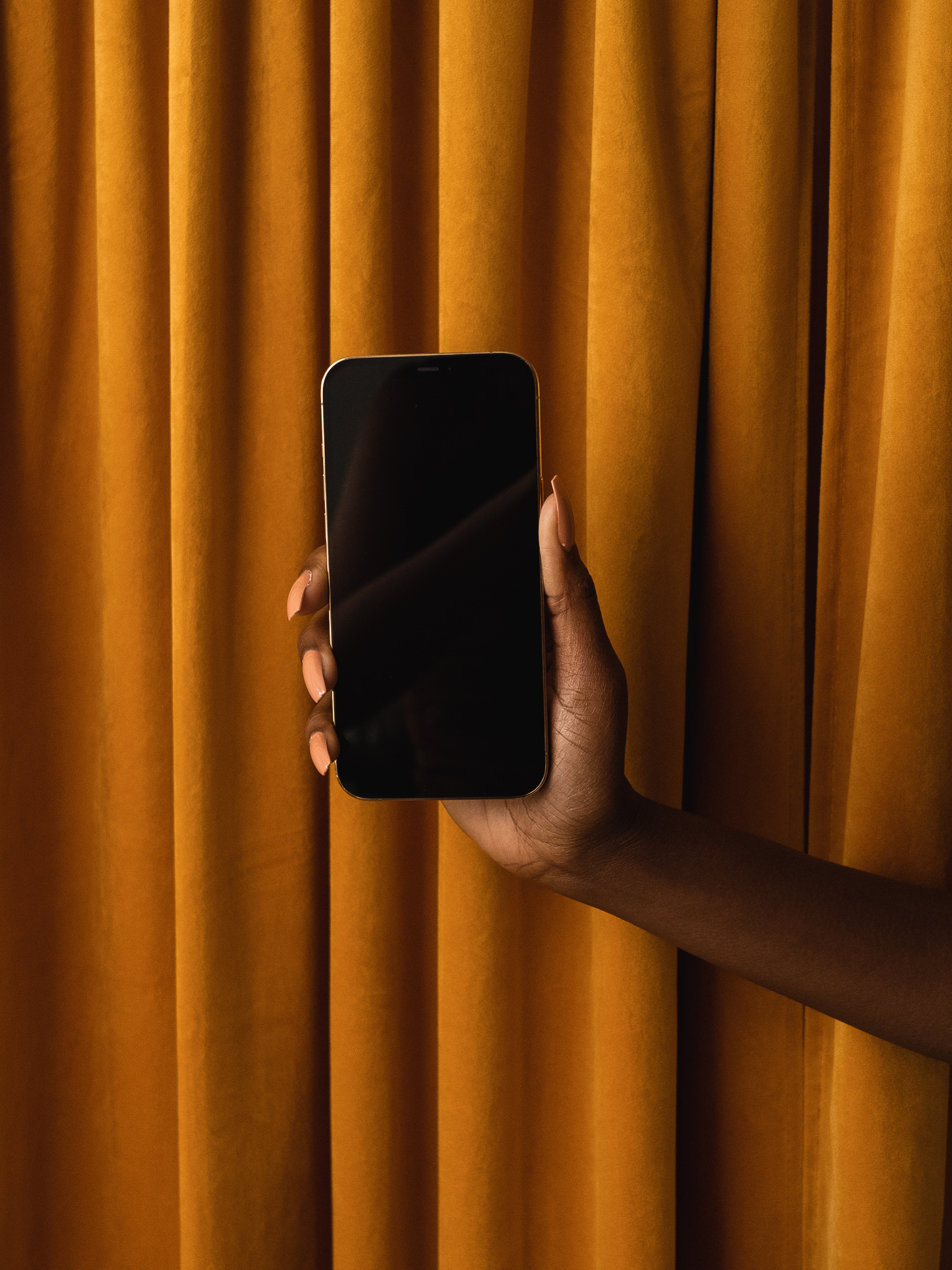When it comes to design and visuals in marketing, your content is so much more than just a pretty face. In fact, good design and eye-catching visuals can have a major impact on people beyond just stimulating the senses. Colors, layouts, typefaces, and shapes (to name a few!) can evoke emotions and inspire actions, which is why good visual branding and content are an absolute must for social media and marketing.
It’s why we created Packsia, after all! *wink*
Nowadays, you don’t need a background in design or photography to create stunning content for your marketing materials. With tools like Canva and Packsia, most of the work is already done for you, but it’s still important to understand how your design and video selections make a difference.
So, for today’s blog, we’re diving into some tips and concepts for marketing psychology through the lens of design and aesthetics.
Color Psychology
Color psychology studies how colors can impact human emotions, behaviors, and perceptions. Different colors evoke specific psychological responses; for example, red is often associated with energy, passion, and excitement, while blue is calming and promotes a sense of trust and security, which is why many banks and tech companies use the color blue. Marketers and designers often use color psychology to influence consumer decisions and create specific moods or atmospheres in various settings.
The Rule of Thirds
The rule of thirds is a principle in photography and visual arts that involves dividing an image into nine equal parts using two horizontal and two vertical lines. The main elements of interest within the composition are placed along these lines or at their intersections, known as "power points." This technique creates a visually balanced and dynamic composition, guiding the viewer's eye and adding interest to the overall image.
Gestalt Principles in Design
Gestalt principles in design refer to the fundamental concepts that describe how people perceive visual elements as a whole rather than individual parts. These principles include proximity, similarity, closure, continuity, and figure-ground relationships. Proximity suggests that objects close to each other are perceived as a group or related elements, while similarity states that similar objects are grouped.
Closure occurs when the mind fills in missing parts to perceive a complete shape, and continuity refers to the preference for smooth, continuous lines and patterns. Figure-ground relationships involve distinguishing between the main subject (figure) and its background (ground) to create visual hierarchy and clarity in design. By following Gestalt principles, designers and marketers can create visually cohesive and meaningful content that resonates with the respective audience.
Visual Metaphors
Visual metaphors are a fun tool to use in design to creatively communicate with your audience beyond using words, where symbols and images represent abstract concepts or ideas. For example, you may use a road leading into the distance to symbolize a journey or progress or florals to convey the message of growing in business. Designers often leverage visual metaphors to help with storytelling, create brand identities, or communicate messages universally.
Typography and Readability
Typography plays a very important role in design. It encompasses the art of arranging typefaces to make written language readable and visually appealing. It goes beyond what is written and includes font, size, spacing, and alignment factors. Typography can spark emotions, set the tone of your message, and elevate the overall design of your content.
For example, a bold and sans-serif font may evoke a modern and dynamic feel, while a classic serif font can suggest elegance and sophistication. Good typography can create a hierarchy and guide the reader's eye through content, emphasizing key points and improving the understanding of your message.
The Power of Shapes
The psychology of shapes refers to how different geometric forms evoke distinct emotional and cognitive responses in humans. For instance, circles often symbolize unity, harmony, and completeness. Triangles can convey stability, energy, and progression. Squares and rectangles represent stability, order, and balance. Lastly, irregular shapes and/or jagged lines may evoke feelings of chaos, tension, or unpredictability.
So, do you feel like an educated designer now? We hope that by learning about some core design psychology principles, you can make the best choices when creating your marketing content using Packsia videos and platforms like Canva. Stay tuned for part 2 of this blog, where we will discuss more design essentials!



